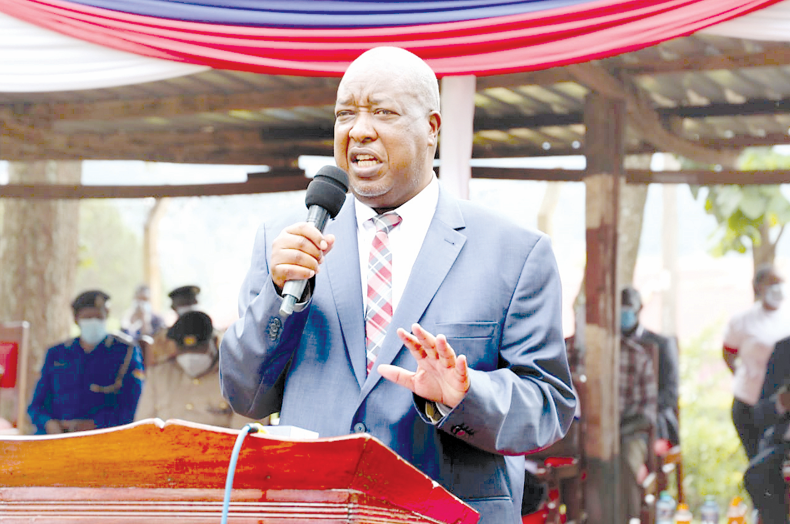Developers predict student housing boom post-Corona
The past decade has seen a growing trend of private investment in purpose-built student housing properties that had been heightened by shortages in the sub-sector in the country’s property market.
However, that momentum began to wane soon after the country went into its first lockdown in April with the current data on pre-leasing indicating a significant decline from the same period last year.
Coronavirus (Covid-19) pandemic had created cataclysmic headwinds and jitters for most players in the property market as early as March when the first case of the virus was reported in the country, adding to closure of learning institutions and unending uncertainty surrounding reopening dates.
But all is not lost, according to industry experts who are now predicting better tidings in the post Covid-19 era but will need to add a ‘touch of class’ if they are to reap big in the future.
Coronavirus pandemic, they say, has put into sharp focus the expanded skill set now necessary for real estate success.
“To reach fruition, real estate projects will require advanced financial acumen and support as illustrated by Kenya’s innovative venture into the student housing market earlier on in the year,” says Tilda Mwai, a researcher for Africa with Knight Frank, a real estate developer.
Student housing has emerged as one of the strongest investment areas in East African real estate over the last two years.
According to Kenya’s Ministry of Education, 919,400 students were last year enrolled at the country’s 67 universities and vocational colleges – indicating an attractive headache for real estate players who could cash in on the existing opportunity.
Student population
Yet student housing provided by universities only stands at about 200,000 units countrywide, serving just 22.6 per cent of the student population, while 10 per cent commute from their homes.
The underserved gap in student housing is most severe in Nairobi, which hosts majority of the country’s major universities, including Kenyatta University, University of Nairobi and Jomo Kenyatta University of Agriculture and Technology (JKUAT), as well as some top private universities, such as United States International University and Strathmore University.
Overall, the city accounts for 43.1 per cent of the country’s total student enrolment.
For developers moving to bridge this gap, Mwai believes the yields in the sector will fetch them around seven per cent a year compared with around five per cent for normal residential accommodation.
“The yields are among the strongest currently available in real estate, with student accommodation normally offering individual rooms around shared facilities, and thus generating multiple rental streams per shared unit,” she says.
The resilience in student housing investments over the years has now been negatively impacted by the uncertainty surrounding Covid-19 and public policy may change regarding social distancing.
Long-term considerations including distance learning, according to her, will now become a bigger part of higher education, a critical factor that will require developers and operators to identify and prioritise various elements.
The elements in student housing would have to be those that are most important to them beyond physical school attendance while factoring in affordability as developers aim to provide the highest quality accommodation possible.















